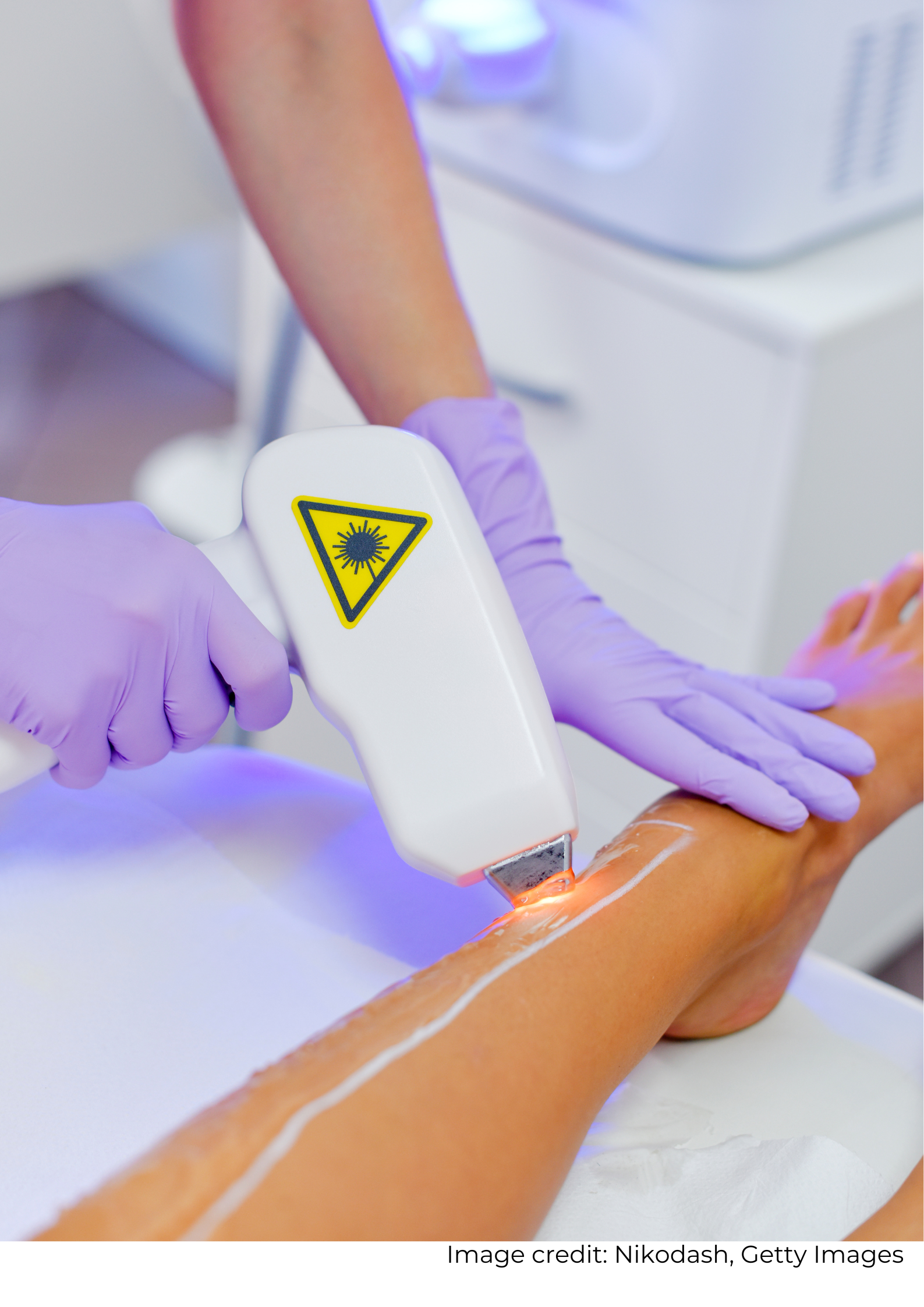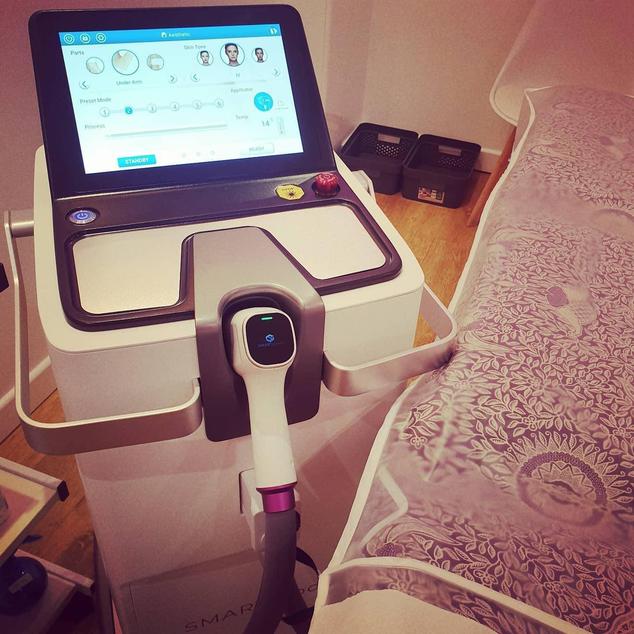
Blog Jan 2025
Do I Need Electrolysis or Laser Hair Removal?
Understanding the Best Hair Removal Method for You
When it comes to achieving smooth, hair-free skin, the two most popular and effective treatments are electrolysis and laser hair removal. Both methods provide long-term solutions for unwanted hair, but they differ significantly in how they work and which types of hair and skin they’re most effective for. Understanding the differences between these two treatments can help you decide which is the best option for your unique needs.
How Laser Hair Removal Works
Laser hair removal is known for its speed, efficiency, and non-invasive nature. The treatment uses concentrated light energy (laser), which is absorbed by the melanin in the hair. The energy is then converted into heat, damaging the hair follicle, and preventing future hair growth.
Laser hair removal works by targeting hair in its active growth phase (the anagen phase). Because hair goes through different growth stages, you’ll need multiple sessions to effectively reduce hair growth. The treatment is most effective in individuals with light skin and dark hair, although our medical grade laser machines and specialist experience make treatment more effective for individuals with darker skin tones too!
It’s important to note that laser hair removal is generally not effective for light or fine hair, including downy (vellus) hair or hair that has turned white or grey. This is because the lack of melanin in this hair type makes it difficult for the laser to target and destroy the follicle.

How Electrolysis Works
Electrolysis involves a tiny, sterile needle inserted into the hair follicle. An electric current is then applied to the follicle, destroying its ability to produce hair.

Electrolysis is a versatile solution that works on all hair colours and types, including light and fine hair, and is safe for all skin tones. Unlike laser hair removal, electrolysis treats each follicle individually, which can make it a slower process. This is why electrolysis is better suited for smaller, more targeted areas such as facial hair.
Which Method Is Best for Your Hair Type and Area of Treatment?
Choosing between electrolysis and laser hair removal depends on several factors, including your hair type, skin tone, and the size of the area you wish to treat. Here’s a breakdown to help you decide:
Can I Combine Both Methods?
Absolutely! Many clients benefit from combining both electrolysis and laser hair removal. This combination is especially helpful for individuals who have extensive facial hair, such as those with PCOS, hirsutism, or transgender individuals undergoing gender-affirming treatments.
A common approach is to begin with laser hair removal to reduce the bulk of hair in a particular area. Then, electrolysis is used to target any remaining fine or stubborn hairs. By using both methods, you can achieve more comprehensive and effective results.

Conclusion
Both electrolysis and laser hair removal offer effective, long-lasting solutions for permanent hair removal. The best method for you depends on your hair type, skin tone, and the size of the treatment area. If you’re unsure which treatment to choose, booking a consultation with one of our specialists will help you determine the most effective solution for your needs.

No matter which method you choose, both treatments can help you achieve smooth, hair-free skin that lasts for years to come.
Ready to learn more or book your appointment? Contact us today for a consultation, and let us help you find the perfect hair removal solution for your unique needs.
If you have any questions relating to our blog, please email us at